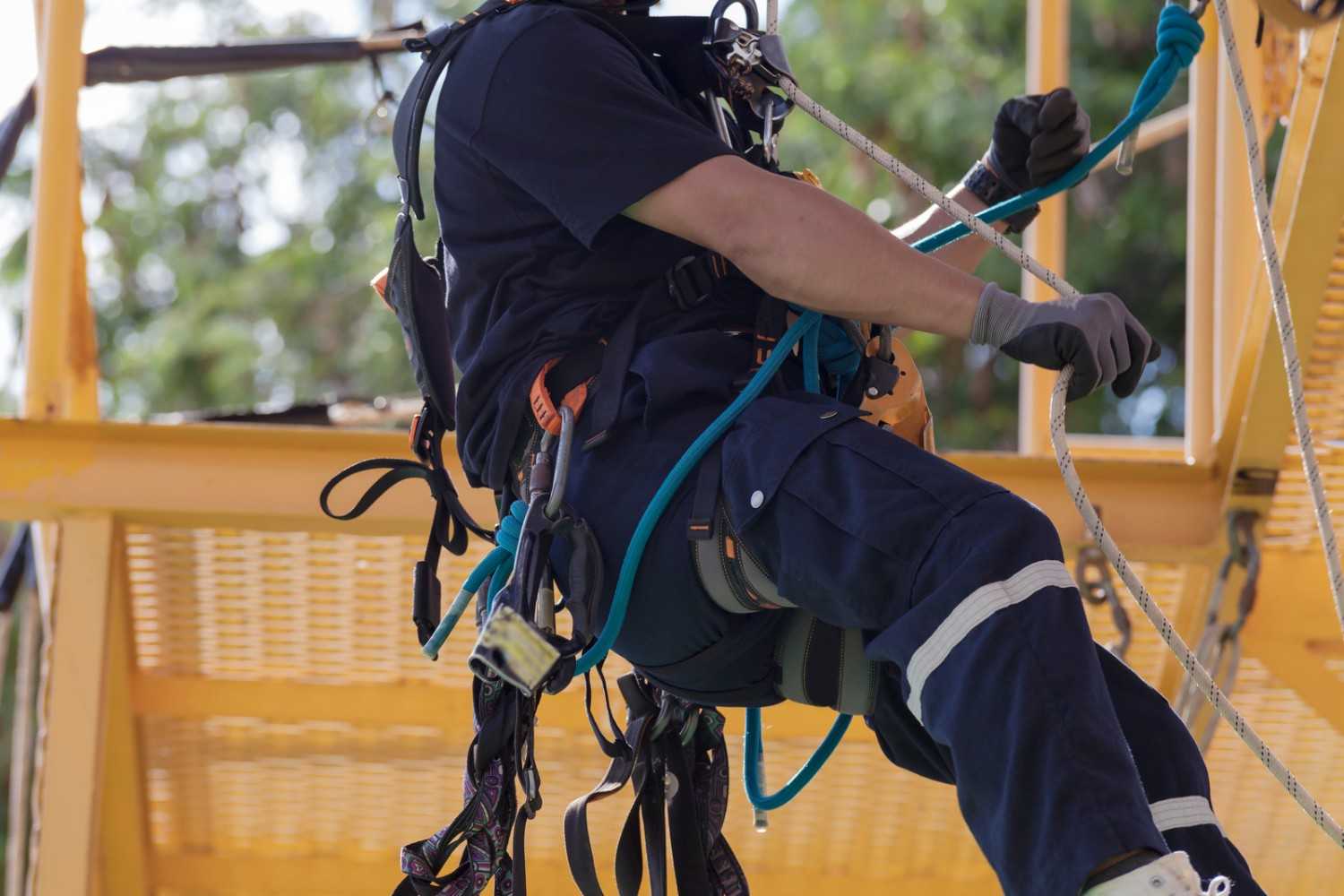Art and design are no longer confined to galleries or easily reachable spaces. Today, ambitious projects extend upwards, with installations often placed on tall buildings, bridges, or expansive public structures. In this context, IRATA certification plays a vital role by ensuring the professionals who work at height combine technical skill with creative vision. This unique collaboration between art and safety makes it possible to bring striking ideas into challenging environments.
Merging Safety with Creativity
Artists and designers frequently rely on rope access specialists to bring their concepts to life on elevated or hard-to-reach surfaces. Certification ensures that these specialists not only operate safely but also adapt to the specific requirements of complex installations. Whether fixing intricate sculptures to a skyscraper façade or suspending large-scale textile pieces across open urban spaces, creative work at height would be unthinkable without professional assurance. This balance allows artists to push boundaries while protecting both their work and the people involved.
Expanding the Canvas of Public Art
Cities are increasingly using large-scale installations to reshape public spaces and promote cultural identity. From giant murals stretching across tower blocks to suspended artworks weaving through architectural frameworks, these projects depend on the technical support of trained rope access professionals. Their ability to reach unconventional surfaces expands the artist’s canvas beyond traditional settings. Instead of being limited by logistics, creative minds are free to imagine bold designs that redefine how art interacts with the built environment.
Precision in Execution
Artistic projects require more than just safety; they demand precision. Installing a large sculpture or mural at height involves detailed positioning, alignment, and finishing. Rope access technicians with proper certification are trained to carry out this level of accuracy. Their skill ensures that an artist’s vision is not compromised during installation. The precise execution transforms an ambitious design from concept to reality, with every detail intact despite the challenges of working several stories above the ground.
Collaboration Between Artists and Specialists
Modern installations often emerge from close partnerships. While the artist brings creativity, the technician contributes practical knowledge of what can be achieved structurally and safely. This collaboration can spark new ideas, encouraging artists to design works that are tailored for high or unconventional locations. Instead of seeing safety as a restriction, many artists view it as part of the design process—an element that informs and enriches the final outcome.
Inspiring Innovative Spaces
The influence of professional rope access extends into interior design and smaller-scale creative projects as well. High atriums, industrial-style interiors, and tall galleries present unique opportunities for installations that demand specialised access. Certification reassures institutions, galleries, and communities that ambitious designs can be safely installed in these spaces. As a result, audiences experience art in unexpected ways—looking up to see pieces suspended in light-filled spaces or interacting with installations that would have been impossible without skilled technical support.
Looking Towards the Future
As urban landscapes grow taller and cultural spaces become more experimental, demand for safe and imaginative installations will only increase. Certification not only safeguards workers but also inspires confidence among artists, clients, and the public. It opens doors for more daring concepts that can transform skylines, revitalise neighbourhoods, and leave lasting impressions. The fusion of technical expertise and artistic creativity ensures that installations remain both visually captivating and responsibly constructed.
Conclusion
Creative installations at height are more than just feats of design; they are testaments to the partnership between artistic vision and technical assurance. By supporting safe access to difficult spaces, IRATA certification shapes the way art and architecture evolve together. In doing so, it enables designers to stretch the limits of imagination while ensuring that every piece of work is anchored in safety, precision, and respect for the environment in which it exists.

